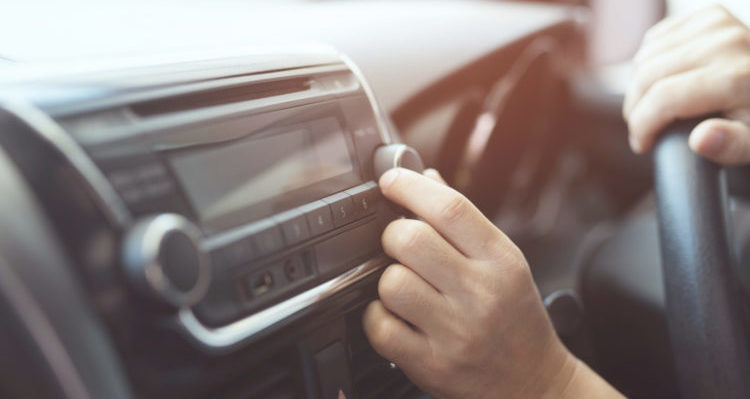We examined 100 radio advertisers, across 18 months and found radio ad performance increased considerably from 2019 to 2020.
The beauty of radio attribution is you can dial in on specific marketing channels, or look across all channels for full-funnel impartial multi-touch attribution. For fun and well, to prove a point, LeadsRx conducted a small study to see what impact radio advertising has had on the performance of Google and Facebook advertising in all of 2019 and the first half of 2020.
We’ve long known radio ads can be great at providing “lift” to other channels. If a rising tide raises all boats, consider radio the consistent surf-perfect waves pushing consumers to search online for more information about a product or service.
Radio Attribution: A Breakdown of the Numbers
We examined 100 advertisers over three 6-month time periods to see how much additional web traffic radio was driving to Google and Facebook advertising, specifically. Here’s what we found:
- From January to June 2019, radio created a 15.2% lift
- From July to December 2019, radio created a 15.5% lift
- From January to June 2020, radio crated a 18.3% lift
That’s a 20.3% increase in lift in the first half of 2020 vs. the first half of 2019; and an 18% increase from the last half of 2019 to the first half of 2020.
Why the significant uptick? Likely the pandemic had something to do with it. One source says 18% of heavy radio listeners in the U.S. would be listening to more radio as a result of the coronavirus outbreak; while 79% said they would continue to listen the same amount. Another article cites a Nielsen study showing 26% of Americans are listening to more radio at home; 19% more on mobile devices; 12% more on their computers; 10% more on smart speakers; and 14% more are listening to podcasts.
More listeners of radio ads means more consumers taking action after listening to those ads; in the case of our small study, they are finding Google and Facebook ads and acting. More offline listeners equal better online ad performance.
Google and Facebook can claim all the credit for their ads “working,” but even the online big guns need the impact of an offline branded medium such as radio to push results.
Radio Advertising Numbers Were Mixed During Pandemic
It hasn’t been all rainbows and roses for radio during the pandemic. With businesses closing, particular restaurants and retailers, those businesses had no need to advertise to consumers who couldn’t visit their establishments. Some stations had to lay off staff as advertising waned.
But many radio stations stepped up and ran ads promoting restaurants that were reopening or at a minimum providing carryout, to-go, and delivery orders, as this article explains. The author also goes on to encourage radio broadcasters to plan for either re-closures, extended closures or, hopefully, a steady reopening of the economy.
In Spain, the Spanish Broadcasting System had a tough first quarter due to COVID-19, but revenue was reported down only 3% in the first three months and radio, specifically, was down 5% compared to 2019. National radio, digital and network radio ad sales actually showed first-quarter growth, but it was not enough to lessen the blow of the company’s main revenue-driver – local radio segments.
We’d venture to bet that those European radio ads also provided a lift to Google and Facebook ad performance overseas.

